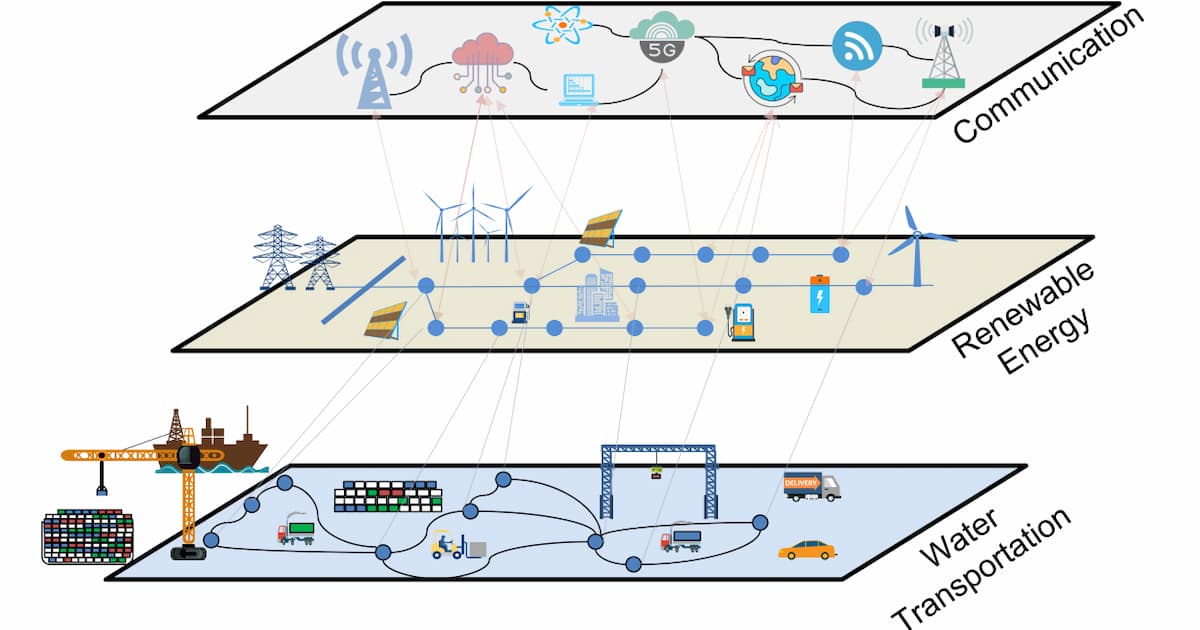Advancing Sustainable Water Transportation: Integration of Renewable Energy and Energy Efficiency Optimization
Topic Information
Dear Colleagues,
Not only is water transportation a cornerstone of global trade and economic development but it also accounts for a significant share of energy consumption and greenhouse gas emissions. With the growing urgency for sustainable practices, it is crucial to develop innovative technologies that minimize the environmental impact of water transport. This Topic focuses on cutting-edge research aimed at promoting green and energy-efficient solutions in the maritime sector. A key focus of this research will be the integration of transportation and energy systems. Integrated multi-energy systems, which combine various energy sources such as wind, solar, and hydrogen, hold great promise for reducing the environmental footprint of water transportation. Additionally, this Topic will address energy efficiency optimization throughout the entire lifecycle of water transportation systems. Within these interdisciplinary efforts, the research aims to drive significant advancements in the integration of transportation and energy systems, creating a more sustainable, efficient, and economically viable future for water transportation. Potential topics to be included in this Topic include but are not limited to the following:
- Emission evaluation methods in the maritime sector;
- Renewable energy integration in water transportation;
- Cyber security and resilience in transportation;
- Energy efficiency optimization methods;
- Water transportation optimization;
- Sustainability of water transportation.
Dr. Daogui Tang
Prof. Dr. Josep M. Guerrero
Dr. Yupeng Yuan
Dr. Gibran David Agundis Tinajero
Dr. Cesar Diaz-Londono
Topic Editors
Keywords
- water transportation
- renewable energy
- transportation and energy integration
- integrated energy system
- energy optimization
- sustainability
- resilience optimization
